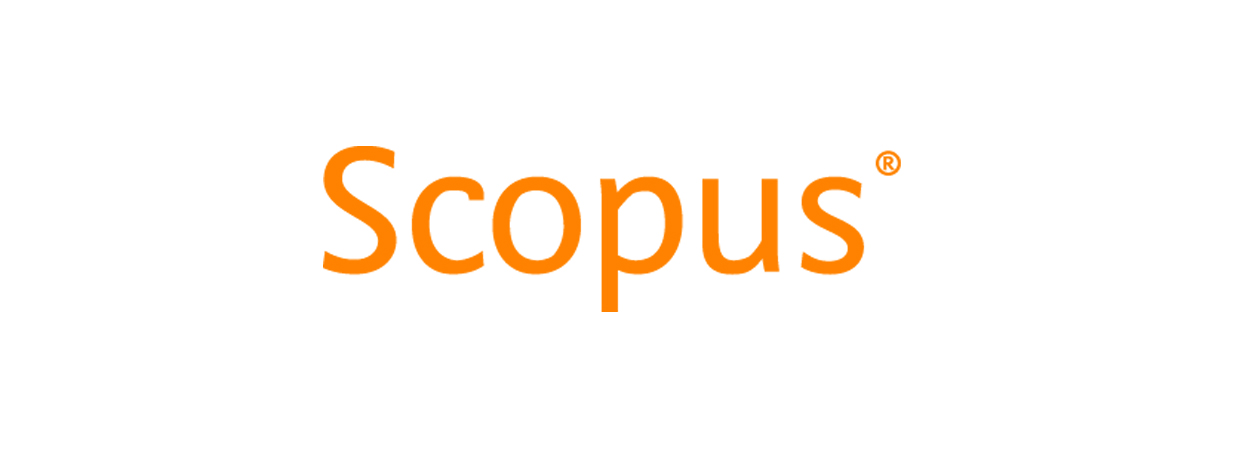EKSPOR KOMODITI DASAR PADAT KARYA INDONESIA, 2000-2009
Keywords:
daya saing, kinerja, komoditi, padat karyaAbstract
during 2000-2009, Indonesia’s export of labor intensive primary commodities grew faster than the growth of Indonesia’s total export, indicating its increasing role in Indonesia’s trade. Most of this export went to three countries: Japan, America and Singapore (JAS). The available information shows that the share of Indonesia’s labor intensive primary commodities in the JAS’ import of these commodities increased during 2000-2009, while the share of Indonesia’s export to JAS’ total import remained the same. It shows that the level of market penetration of labor intensive primary commodities to JAS was higher than that of all commodities. This study uses the constant market share (cms) Analysis to evaluate the performance of Indonesia’s export of labor intensive primary commodities to JAS during the 2000’s. CMS analysis finds that during the 2000’s, with the exception of 2000-2003, Indonesia’s total export and export of labor intensive primary commodities to JAS rose in line with the increase in world’s export to these three countries. on the whole, except for 2006-2009, the export performance of Indonesia’s labor intensive primary commodities to JAS was better than the performance of Indonesia’s total export to JAS. This is due to the positive effect of both commodity composition and competitiveness during 2000-2003 and 2003-2006. For 2006-2009, the performance of Indonesia’s export of labor intensive primary commodities to JAS, relative to the world’s export of the same commodities to JAS, was discouraging, due to a significantly negative commodity composition effect. As export of these commodities, especially to JAS, is important, viewed from both employment creation and foreign exchange generation, it is then necessary to find ways to improve its performance.
Downloads
References
Abuzar dan Widayati, R. 1983. “Gambaran Ekspor Barang Dasar Padat Karya Indonesia 1974- 1977 ke Jepang, Singapura dan Amerika: Penggunaan Analisa Constant Market Share.†Forum statistik . No. 4 Tahun II. Juni.
Batista, J.C. 2008. “Competition between Brazil and other exporting countries in the U.S. import market: a new extension of constant-market-shares analysisâ€. Applied economics. Vol. 40, pp: 2477-2487.
BPS. 2003. tabel Input-output Indonesia 2000. Jakarta: BPS.
-------. 2008. tabel Input-output Indonesia 2005. Jakarta: BPS.
Gilbert, J. 2010. “Constant Market Share Analysis of the Pattern of Souteast Asian Export Growth in the 2000s.†Department of Economics and Finance. Utah State University. October 27.
Jimenez, N. and Martin, E. 2010. “A constant market share analysis of the euro area in the period 1994- 2007.†economic Bulletin . January. Banco De Espana.
Juswanto, W. dan Mulyanti. P. “Indonesia’s manufactured exports: A constant market shares Analysis .†Jurnal Keuangan dan moneter. Vol. 6. No. 2.
Leamer, E.E. dan Stern, R.M. 1970. Quantitative International economics. Boston: Praeger.
Muhammad, H.A dan Habibah, S. 1993. “the constant market share Analysis: An Application to NR export of major Producing countries .†J. Nat. Rubb. Res. 8(1):68-81.
Othman, M.S. dan Rashid, Z.A. 1993. “constant market share Analysis of the AseAN timber trade .†Pertanika J. Soc. Sci. & Hum. Vol. 1 No. 1.
Sigit, H. and Asra, A. 1985a. “Indonesian Import Demand Analysisâ€. dalam Lim, D. (ed.) AseAN-AustRALIA trade in manufactures . Sydney: Longman Chesire Pty Ltd.
Sigit, H. and Asra, A. 1985b. “Indonesian Import Survey Analysisâ€. dalam Lim, D. (ed.) AseAN-AustRALIA trade in manufactures . Sydney: Longman Chesire Pty Ltd.
Suprihatini, R. 2005. “Indonesian Tea Export Competitiveness in the World’s Tea Market.†Journal Agro ekonomi, Vol. 23. No. 1. Mei.
Tyers, R., Philips, P., and Lim, D. 1985. “ASEAN-AUSTRALIA trade in manufactures: a constant market share analysis, 1970-1979.†dalam Lim, D. (ed.) AseAN-AustRALIA trade in manufactures . Sydney: Longman Chesire Pty Ltd.










 Buletin Ilmiah Litbang Perdagangan
Buletin Ilmiah Litbang Perdagangan
